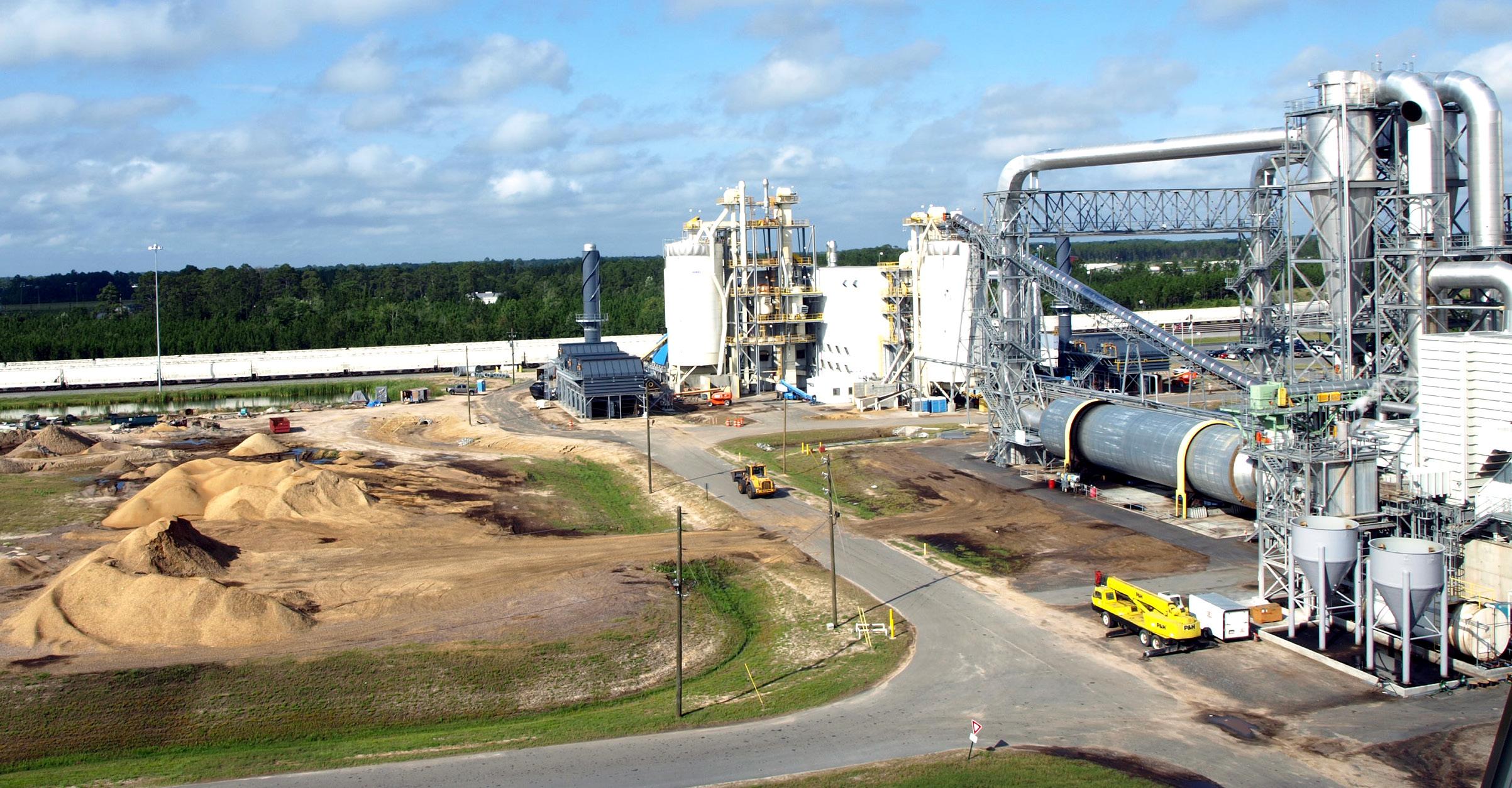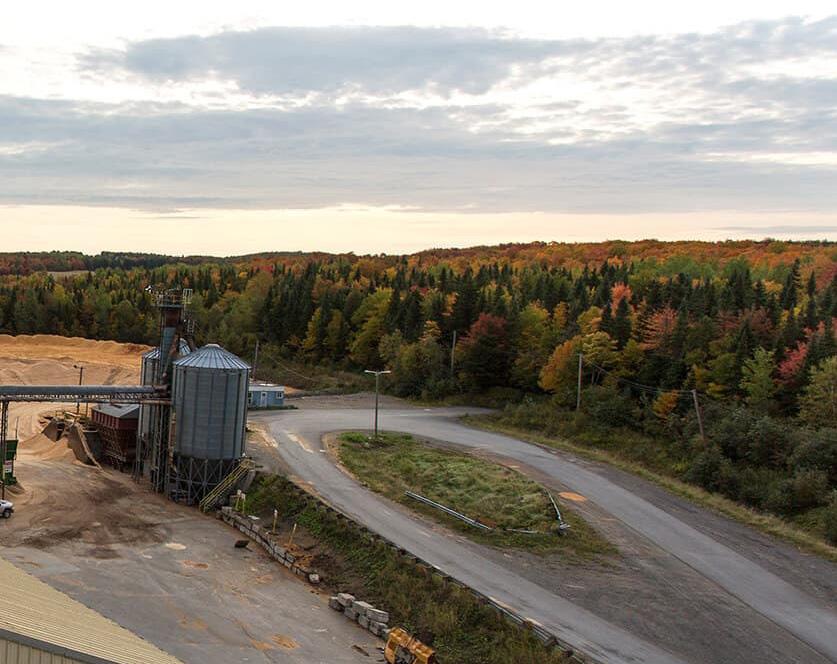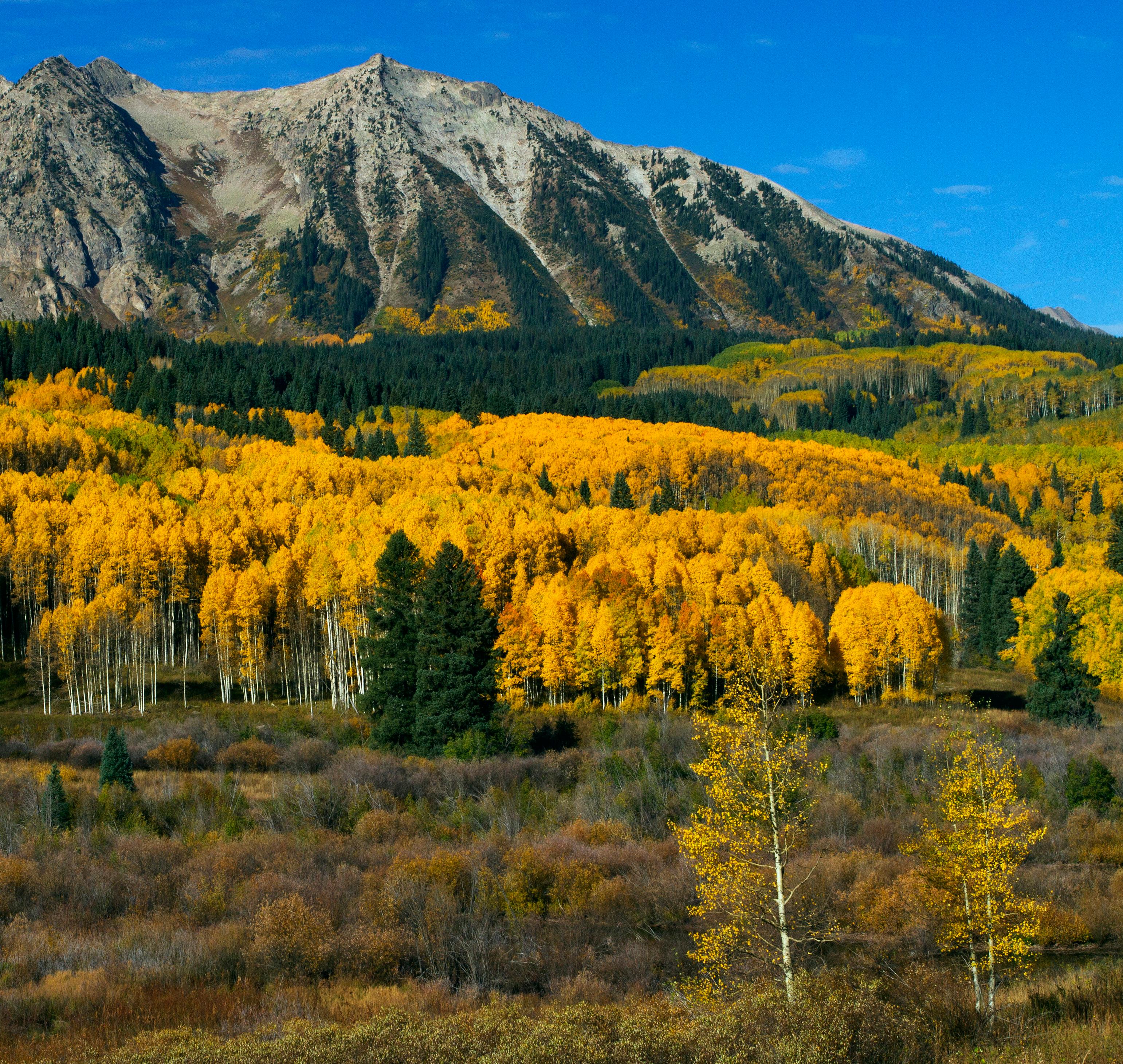
4 minute read
PODCAST PREVIEW PLAY WITH BRANDI COLANDER, ENVIVA
Season 2, Episode 6, of the Biomass Magazine podcast featured Brandi Colander, senior vice president and chief sustainability officer (CSO) at Enviva. Colander assumed the role in January, and is charged with maintaining and enhancing Enviva’s leadership in sustainability and environmental stewardship. Colander is armed with extensive policy, sustainability and external affairs experience, most recently leading the enterprise sustainability portfolio at WestRock as chief sustainability officer. Colander holds a bachelor’s degree in urban and environmental planning from the University of Virginia, a Juris Doctor from Vermont Law School, and a master’s degree in environmental management from Yale University. Colander joined the podcast to discuss the current landscape of the biomass energy industry, misconceptions, trends and more.
PMM: In our industry, there are a lot of misconceptions. What do you wish people understood about biomass?
Colander: I would start with tree and forest management practices. I encourage people to look outside of Enviva to understand those, and look at academic institutions, organizations like the U.S. Endowment … Preferred by Nature … there are many organizations, like the Society of American Foresters—so many that don’t have a business model around advocacy; their business model is around conversation. If you really want to understand the sustainability of technologies that require natural resources, you have to get to know the conservation organizations that do this work every day. And I say this having actually spent time in advocacy organizations and have tremendous respect for them. I am also fully appreciative of the work conservation organizations do with businesses to support scaled opportunities to provide resources to customers in a thoughtful way ... I would go back to early education around forest management practices. If you look around the country with what’s happening with wildfire season, it’s devastating. A lot of that is because we have unmanaged forests. There is brush that’s easy to catch flame, and now it’s completely uncontrolled. One of the things that’s exciting about a company like Enviva is that we have effectively created a market for these resources in the forest that includes brush, slash, trees that are small in a diameter and would have absolutely no utility at a sawmill ... those are now resources that, instead of getting burned in open fields, now actually have another life and currency. It's helpful for forest management practices, and it’s also incredibly helpful at a time when the geopolitical landscape has, in a really devastating way, changed the energy needs abroad.
PMM: For those interested in this space that you’re in, or for current CSOs, do you have any thoughts or advice to offer them?
Colander: I think we’re still searching for community. [In order to] stay current, there is a support system that’s necessary for CSOs, because frankly, people are passionate about the issues and believe it gives them a license to think they know what you should be doing all the time—perhaps not realizing that you’ve been thoughtful about your role, that you have a remit, and that there is accountability around that remit. And I think there is some creep around mission with sustainability practitioners that can be really challenging. Sometimes, you’re fitting the mold of a processor, sometimes you’re shaping comms and narratives ... I think most CSOs would be well served to figure out what their support system looks like to develop their community. I would also encourage them to find and very actively seek opportunities to stay engaged in the messaging and the conversations about the work they’re shepherding forward. These things change a lot, but the core tenants don’t. I think staying engaged and relevant however you see fit is one thing that’s important to do because you want to show that your company is considerate of change—a lot of this does deal with change—but is not willing to change so much that you can’t count on commitments that are made, relationships that are established, etcetera ... At the end of the day, what you’re really trying to do is better align those negative externalities, make sure they’re adequately accounted for, build credibility, and the last thing I think is really important is developing data management systems that create good guiderails for your company to continue to operate accordingly.
Listen to the rest of the podcast: www.biomassmagazine.com/pages/podcasts
Don't Miss an Episode:
S2
Southwest Colorado is home to a new pellet facility. In the small mountain town of Mancos, which is dubbed the “Gateway to Mesa Verde” due to its proximity to the national park, construction of the plant was ultimately prompted by COVID-19. The result of research, innovation and creativity, the facility turns a waste product with no immediate end market into a valuable coproduct.
Mesa Verda Pellets is now one of three associated businesses including Aspen Wall Wood, a lumber mill that specializes in aspen paneling, and Aspen Wood Products, which makes a wood fiber product called excelsior, or wood wool. CEO and President David Sitton purchased Aspen Wood Products in 2018—formerly Western Excelsior Plant—after it experienced a catastrophic fire the year prior, and rebuilt it. The new pellet mill, colocated with the wood fiber facility in Mancos, is a beneficial solution for wood waste generated at both Aspen Wood Products and Aspen Wall Wood. Sitton explains that this project has been in the works for at least two years. “We anticipate after we get up and running that we will be pretty much a zero-waste operation overall, utilizing all parts of the tree,” he says.

Prior to the COVID-19 pandemic, the company's sawdust found a market as horse bedding at local racetracks, Sitton explains. Unfortunately, the racetracks shut down during the pandemic and failed to recover, leaving the sawdust and wood waste without a place to go—and it began to build up.
When Sitton and his team began considering possible solutions, pellets were not their first resort, but after a fire broke out at the lumber mill—burning 20,000 cords of waste wood—they decided to change course. This led to the acquisition of a mill from a local pellet plant that had also shut down during the pandemic, and company leadership decided to pursue wood pellet production. Through conversations with Colorado Mill Equipment, however, it was discovered that it was actually a grain pellet mill. The company continued conversations with CME to determine what was needed to make wood pellets. “We then made the decision to go [to] a much bigger scale than what we had initially looked at, and we felt like there was opportunity in the market regionally for us with pellets,” Sitton says. “And so … it kind of morphed over a little bit of time.”
The feedstock used for the pellets will include sawdust from Aspen Wood Products and Aspen Wall Wood, and products other than logs (POL) including spruce, fir and ponderosa pine that are not suitable for wood fiber or lumber products. “Because we have to harvest that timber, we have log decks that [make us] wonder, ‘What are we going to do with this?’” Sitton says. “We will









